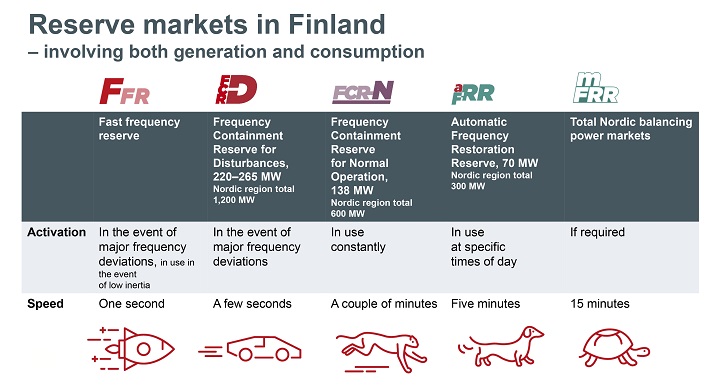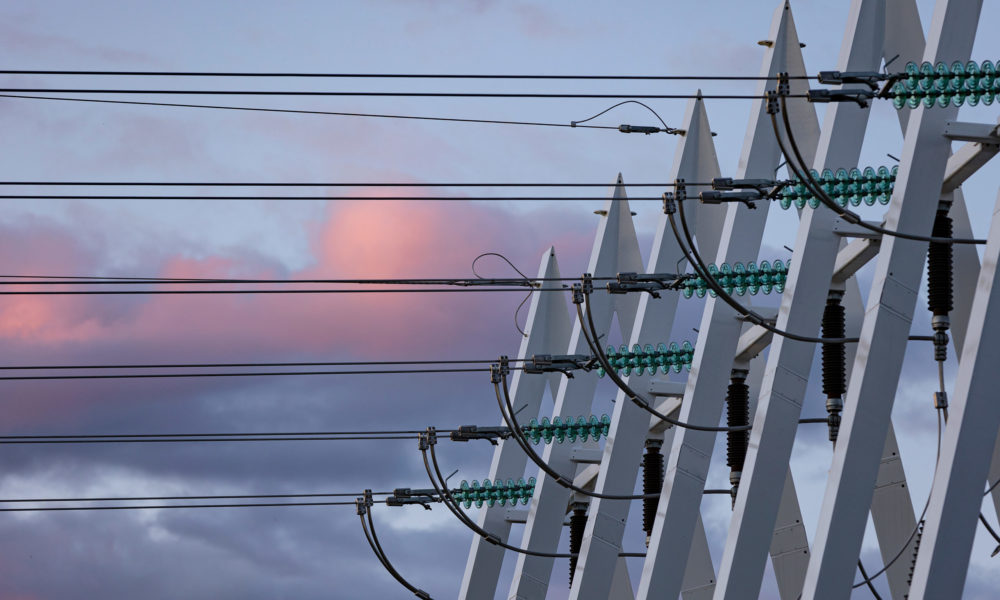“The change in electricity markets has increased the need for demand response,” says Mikko Kuivaniemi, Specialist at Fingrid.
“The amount of inertia in the power system has decreased and will continue to decrease. As this happens, the power system becomes less capable of resisting changes in frequency. Inertia is decreasing because conventional electricity generation, such as condensing power in Finland and nuclear power in Sweden, is being decommissioned.”
When inertia is low, the situation can become critical, particularly if a large plant, such as a nuclear power plant, suddenly drops off the grid. There is a risk of frequency deviations becoming too large.
“If the frequency changes too much, the last resort is to disconnect large amounts of consumption from the system in order to avoid a blackout. This is not something we want to do under normal circumstances. The frequency containment reserve for disturbances is not fast enough to react to these changes when inertia is low. That is why we need the FFR.”
The FFR reacts to changes in electricity generation by reducing consumption or increasing generation within about one second. This is much faster than the frequency containment reserve for disturbances, which can activate 50 per cent of its capacity within five seconds and 100 per cent within 30 seconds.
So far, during periods of low inertia such as summertime, the power of the largest power plants has been limited.
“This is not a good strategy over the long term because it means we are interfering in energy markets. This is also not economically efficient. The FFR is a much better way of handling such situations.”
Fingrid will build a FFR marketplace by spring 2020. This will provide the owners of electricity consumption sites and energy storage facilities with new earning opportunities if they are able to adjust their power rapidly.







